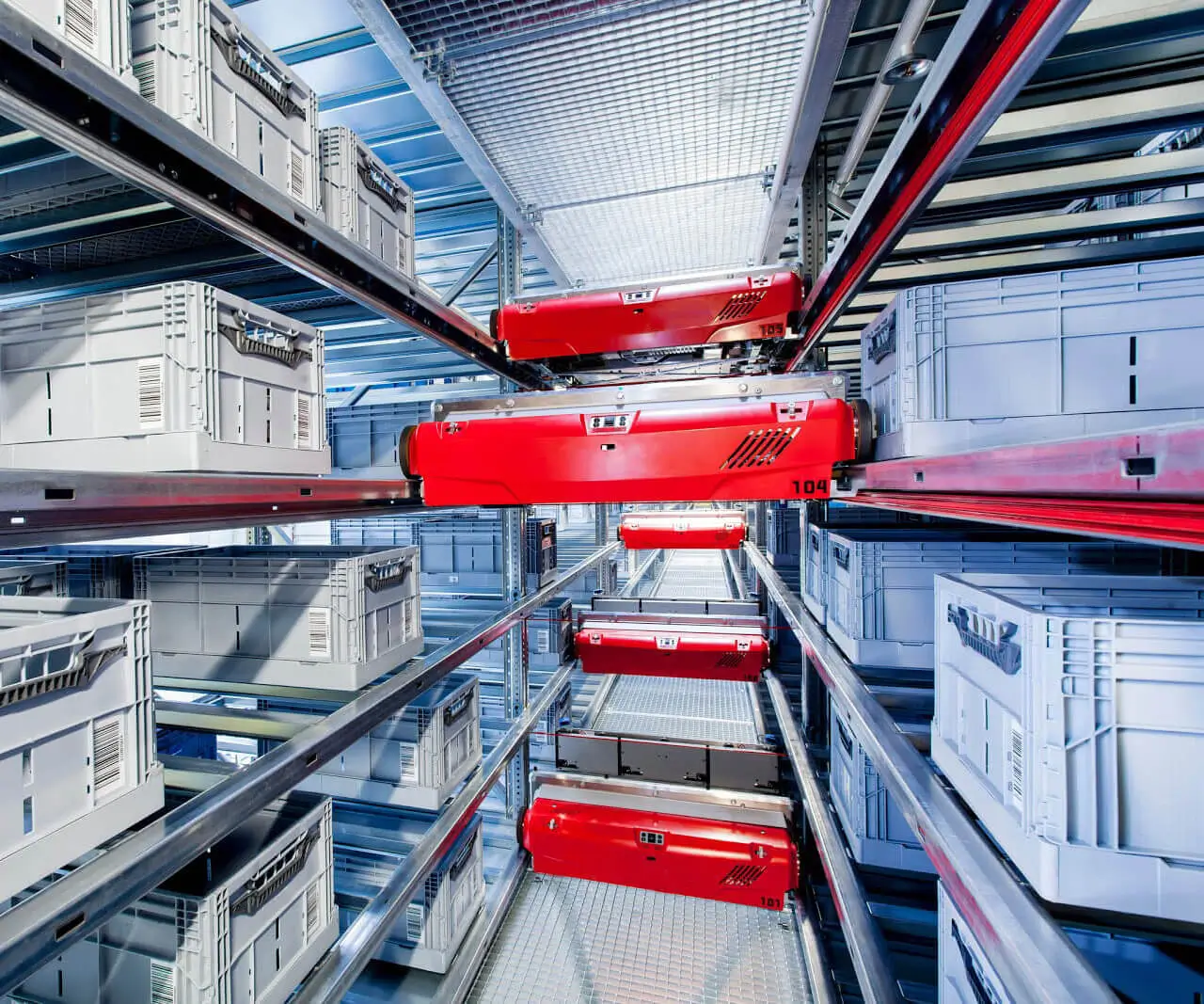Want to get a grip on microservices modeling but don’t want to drown in jargon? You're in the right place. Modeling microservices might sound like something only tech whizzes can do, but in reality, it’s more about understanding how to break down your app into bite-sized, manageable pieces—each with its own purpose and responsibility.

First off, let’s imagine you’re building a bustling online store. You wouldn’t want the entire operation to be held together by one giant monolithic block, right? Instead, you split it into separate services: product catalog, shopping cart, user profiles, payment processing. That’s the core idea—each microservice handles its chunk of the business. Simplifies maintenance, speeds up deployment, makes scaling a breeze. Think about it—if your product catalog gets a surge in traffic, you just grow that part, no need to mess with everything else.
Now, how do you start modeling these little beasts? First, pick out your business domains, then zero in on what each needs to do. Don’t overcomplicate; specify only what’s necessary. For example, your order service probably doesn’t need to know how the cart works internally, it just needs order details. Clear boundaries matter.
A common question pops up: “Should I design every service from scratch or reuse parts?” Well, if you have a library of common functions—say, user authentication—it makes sense to reuse. But for unique functionalities, tailor your models. Microservices thrive on loose coupling, so avoid tying two services so tightly they can’t evolve independently.
The next trick is communication—how your microservices talk. REST APIs are the classic method, but some opt for messaging queues or event-driven communication. Think of it like passing notes versus shouting across a room. Pick the best style based on how real-time your data needs are and what you want to prioritize—speed, reliability, or scalability.
And let’s not forget deployment: containerization has been a game changer. Tools like Docker allow you to package, move, and run these services anywhere. Imagine, one day your shopping service runs smoothly in a local data center, next it’s deployed to a cloud environment seamlessly. That’s the freedom microservices help bring.
Every step of modeling is a balancing act—between granularity and simplicity, independence and communication overhead. Some folks stumble thinking they need to perfect every parameter before they begin. Honestly, start simple, iterate fast. The beauty of microservices is that you can fix, add, or refine parts as you go.
If you’re wondering whether your organization is ready for microservices, ask yourself: Do we need to scale rapidly? Are our systems too tangled? Have we outgrown monoliths? These questions help clarify the path forward.
Getting your microservices modeling right isn’t magic. It’s about understanding business boundaries, designing clear interfaces, picking the right communication style, and embracing iteration. When done well, it’s like putting together a well-oiled machine—each part working in harmony, ready to grow alongside your vision.
Established in 2005, Kpower has been dedicated to a professional compact motion unit manufacturer, headquartered in Dongguan, Guangdong Province, China. Leveraging innovations in modular drive technology, Kpower integrates high-performance motors, precision reducers, and multi-protocol control systems to provide efficient and customized smart drive system solutions. Kpower has delivered professional drive system solutions to over 500 enterprise clients globally with products covering various fields such as Smart Home Systems, Automatic Electronics, Robotics, Precision Agriculture, Drones, and Industrial Automation.




































